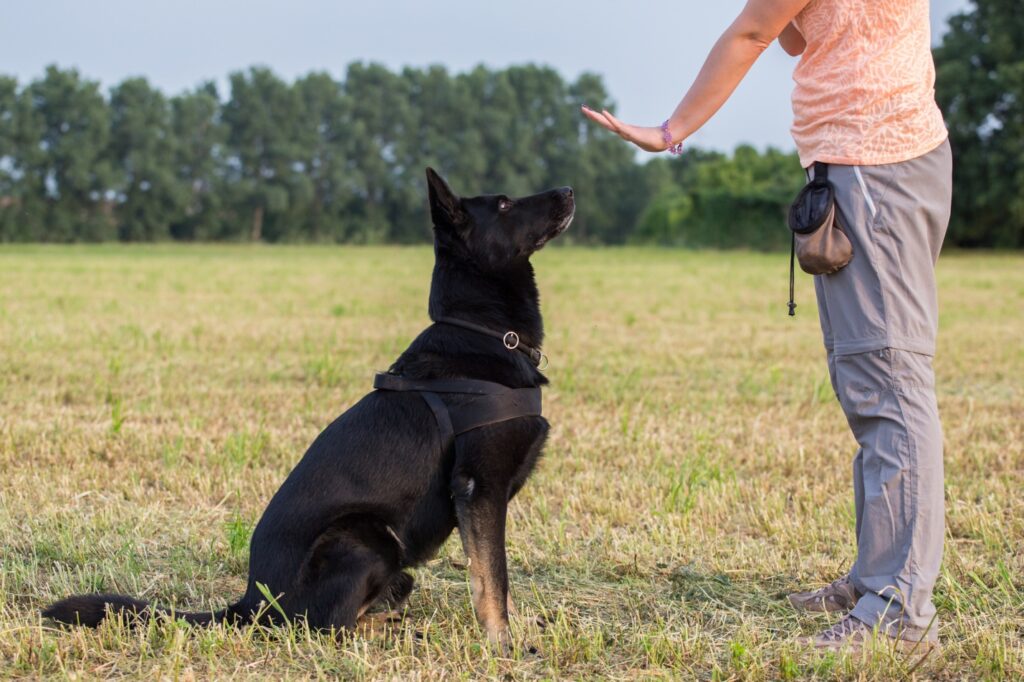What Are Dog Supplements?
Dog supplements are designed to complement a dog’s diet by providing additional nutrients that may not be adequately supplied by their regular food. These supplements can include vitamins, minerals, amino acids, herbs, enzymes, and other substances to support various aspects of canine health. Much like human supplements, they come in various forms, such as pills, powders, chews, and liquids, and are tailored to address specific health needs of dogs, ranging from joint health and skin care to digestive support and immune function.
Does My Dog Need Supplements?
The necessity of dog supplements largely depends on your dog’s health status, diet, and lifestyle. A well-balanced, high-quality commercial dog food provides all the necessary nutrients for many dogs. However, there are circumstances where supplements might be beneficial:
Health Conditions: Supplements targeted at dogs with health issues, such as arthritis, digestive problems, or skin conditions, might benefit them.
Age: Senior dogs often require supplements to support joint health, cognitive function, and overall vitality.
Dietary Gaps: Homemade or raw diets might lack certain essential nutrients and, therefore may require supplements.
Breed-Specific Needs: Some breeds have predispositions to certain health issues and might benefit from using supplements as a preventative, such as German Shepherds with joint problems or Bulldogs with skin issues.
Consulting with a veterinarian before starting any supplement is crucial to ensure it’s appropriate for your dog’s needs.
The Most Common Types of Dog Supplements
There are several types of dog supplements commonly used to support canine health. Here are the most popular ones:
Joint Supplements
Joint supplements are key for dogs, especially as they age or if they are a breed prone to joint issues, like Labradors and German Shepherds. These supplements help maintain joint health, reduce inflammation, and improve mobility. They’re particularly good for dogs with arthritis or other degenerative joint conditions.
Glucosamine and Chondroitin are often used to support joint health and alleviate arthritis symptoms by helping maintain cartilage and joint lubrication.
MSM (Methylsulfonylmethane): Known for its anti-inflammatory properties, MSM is frequently used alongside glucosamine and chondroitin.
Omega-3 Fatty Acids
Omega-3 fatty acids are essential for maintaining a healthy coat and skin, reducing inflammation, and supporting heart and cognitive health. They are very good for breeds like Bulldogs and Retrievers prone to skin conditions. These supplements can also aid in the management of chronic conditions like arthritis.
Fish Oil: Rich in EPA and DHA, fish oil supplements support skin health, reduce inflammation, and promote a shiny coat. They also support cognitive function and heart health.
Gut health & digestion supplements
Probiotics and digestive enzymes support gut health, improving digestion and boosting the immune system. These supplements favour breeds prone to digestive issues, like Boxers and Dachshunds, as they help maintain balanced gut flora and enhance nutrient absorption.
Probiotics: These good bacteria help maintain a healthy gut flora, improving digestion and boosting the immune system.
Digestive Enzymes: These supplements aid in breaking down food, making it easier for dogs to absorb nutrients, extremely useful for dogs with digestive disorders.
Multivitamins
Multivitamins provide a broad spectrum of essential vitamins and minerals that might be missing from a dog’s diet, especially if they are on homemade diets or have dietary restrictions. These supplements ensure that dogs get a balanced intake of nutrients necessary for overall health and vitality. Typically, multivitamins include a range of vitamins (A, B, C, D, E) and minerals like zinc and iron.
Antioxidants
Antioxidants help protect the body from oxidative stress, support immune function, and reduce inflammation. They are especially worthwhile for senior dogs and breeds prone to cancer, such as Golden Retrievers and Boxers, as they can help manage chronic diseases and improve overall health.
Vitamins C and E help combat oxidative stress, support immune function, and reduce inflammation.
Herbal Supplements
Herbal supplements offer a natural approach to support various aspects of health, from liver function to reducing inflammation. They are used for their therapeutic properties and can support overall well-being in dogs.
Milk Thistle: Known for its liver-protecting properties.
Turmeric: Contains curcumin, which has anti-inflammatory and antioxidant benefits.
Can My Dog Have Too Many Supplements?
While supplements can be beneficial, it’s crucial to avoid over-supplementation. Excessive intake of specific vitamins and minerals can lead to toxicity and adverse health effects. For instance:
Vitamin D Toxicity: Excessive vitamin D can cause serious health issues like kidney damage.
Calcium Overload: Too much calcium can lead to skeletal issues, particularly in large-breed puppies.
Hypervitaminosis A: Too much vitamin A can result in joint pain and dehydration.
To prevent these risks, always follow the recommended dosage guidelines provided by the supplement manufacturer and consult with your veterinarian before introducing any new supplement to your dog’s diet. Regular health check-ups and blood tests can help monitor the effects of supplements and ensure your dog remains in optimal health.
Our Conclusion
Dog supplements can support your pet’s health, particularly in managing specific health conditions, filling dietary gaps, and enhancing overall well-being. However, the key to effective supplementation is moderation and professional guidance. Always consult your veterinarian to determine the best approach for your dog’s unique needs and ensure that any supplements used are of high quality and appropriate for your pet’s health status. Doing so can help your dog lead a healthier, happier life.

















